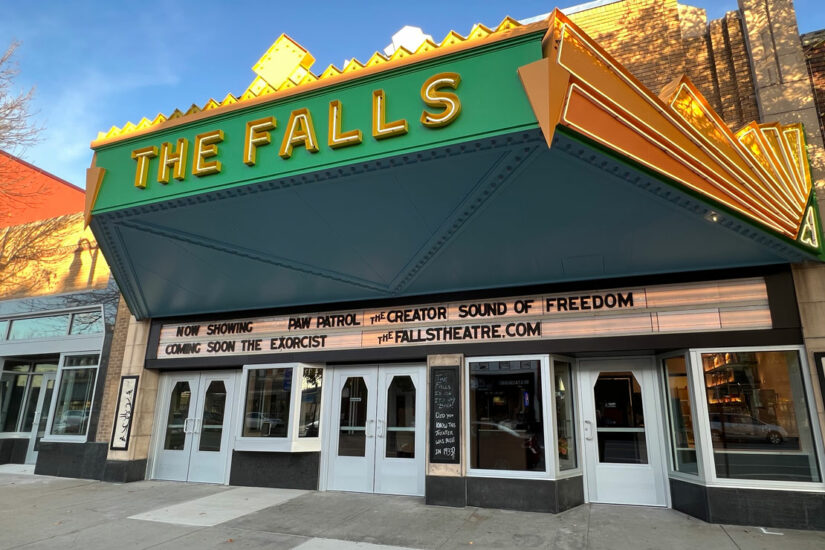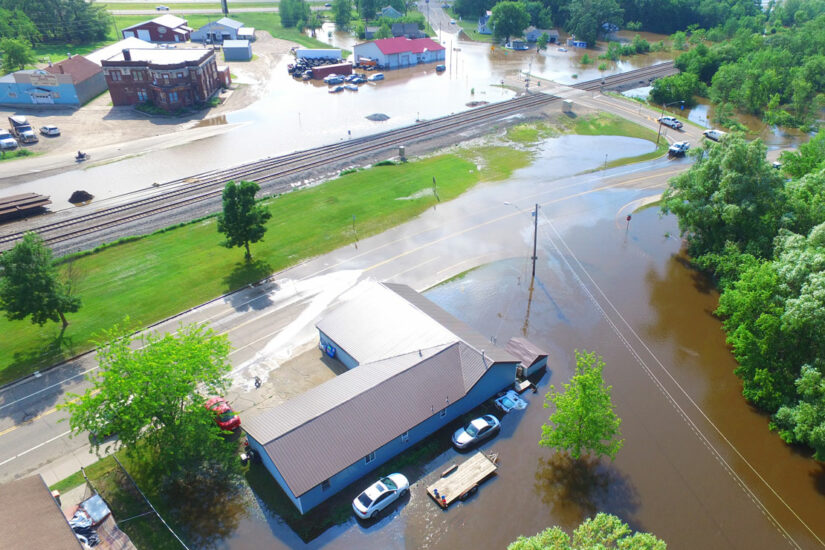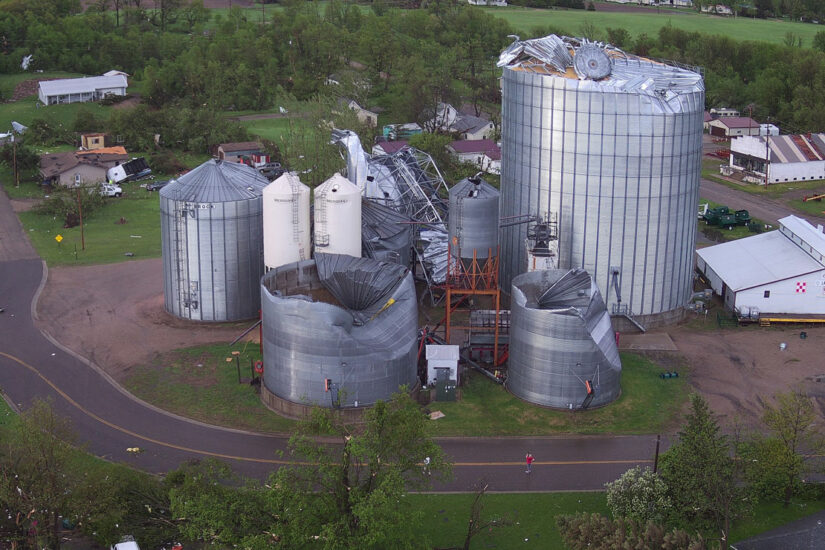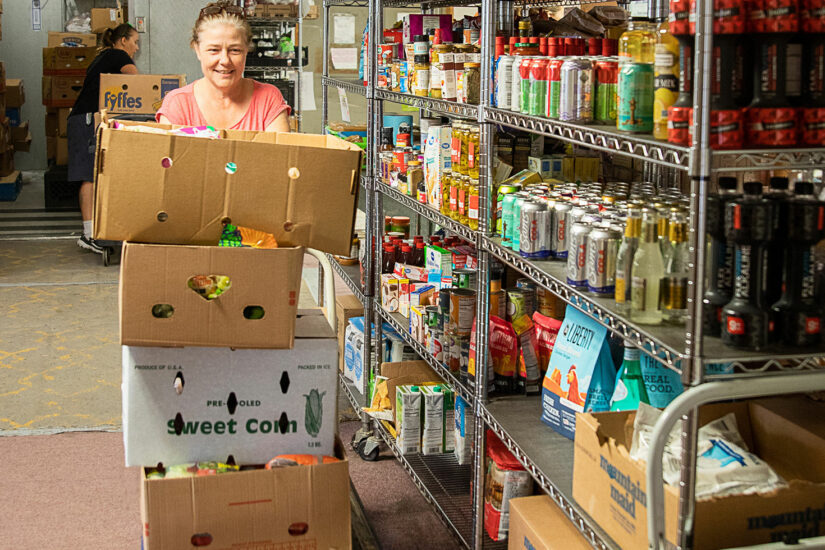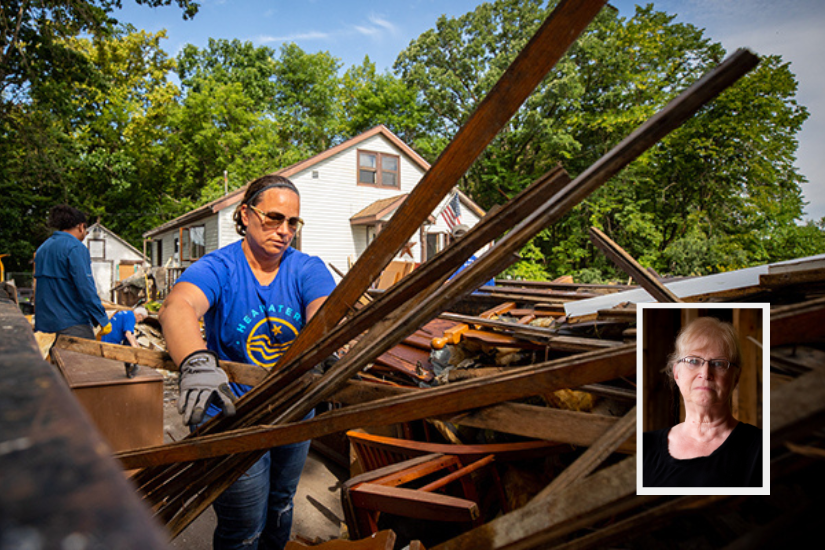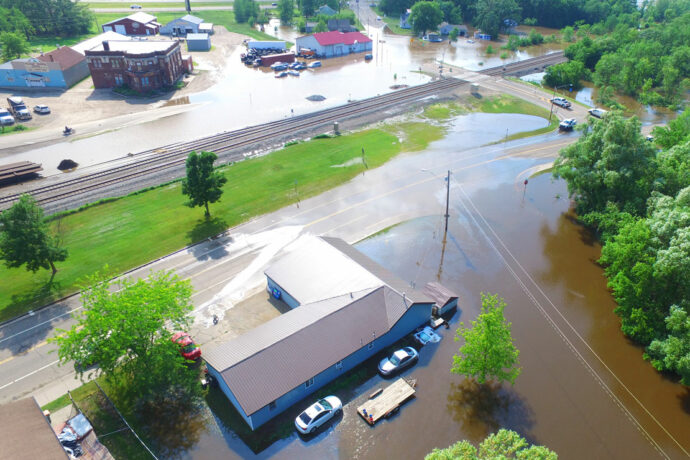
Here for You When The Unexpected Happens
When natural or man-made disasters occur, rapid response teams rush in to address the most pressing concerns. But how do our hometowns mount a more robust and long-term recovery when the emergency crews leave? When the unexpected happens, the Initiative Foundation is here for you to build local coalitions, attract outside resources, and to quickly promote and spin up tax-deductible and local giving options to aid in the recovery.
Harnessing the Help You Need
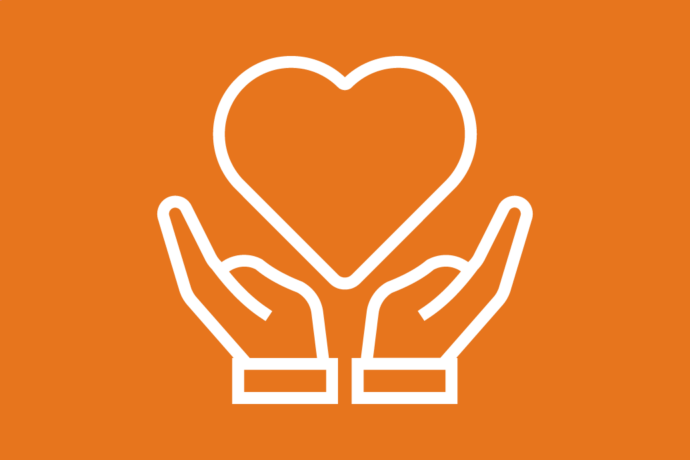
Activate Generosity
Get in front of the well-intentioned but often fraught GoFundMe pages and partner with the Initiative Foundation. Using its 501(c)(3) status, the Foundation can quickly activate a legally compliant, tax-deductible giving page and use its media reach to build awareness and elicit generous donations.

Build Your Coalition
By partnering with the Initiative Foundation to build a coalition of community leaders—from faith communities to civic organizations to schools and local government—resource decisions remain at the local level where knowledge of needs are the greatest.

Raise Resources
Drawing on relationships built over decades, the Initiative Foundation can link local charitable funds with state and national resources to maximize support for your community in its deepest and most despairing time of need.
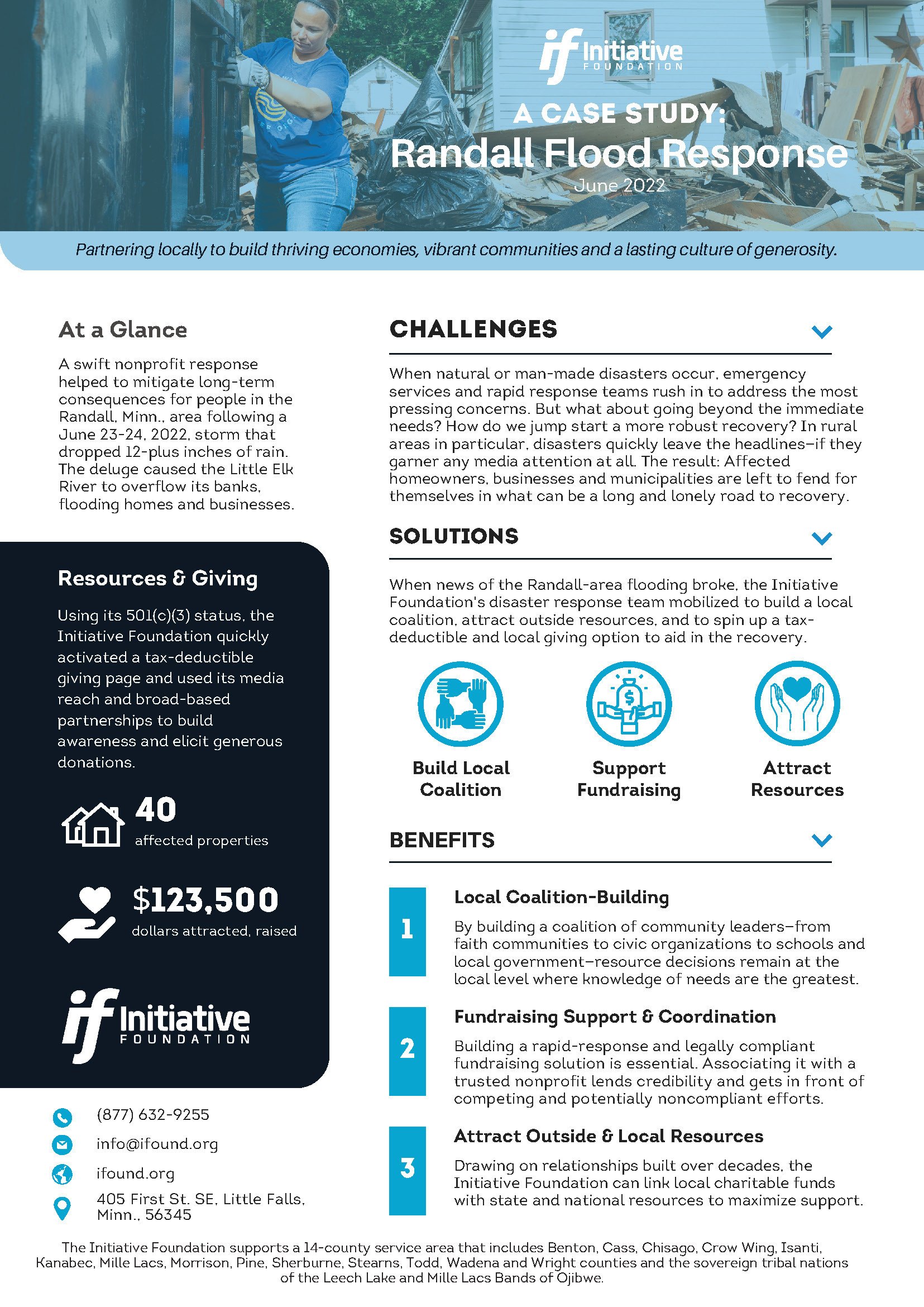
Read Our Randall Case Study
A swift response helped to mitigate long-term consequences for people in the Randall area following a June 2022 storm that dropped 12-plus inches of rain. The deluge caused the Little Elk River to overflow its banks, flooding homes and businesses.
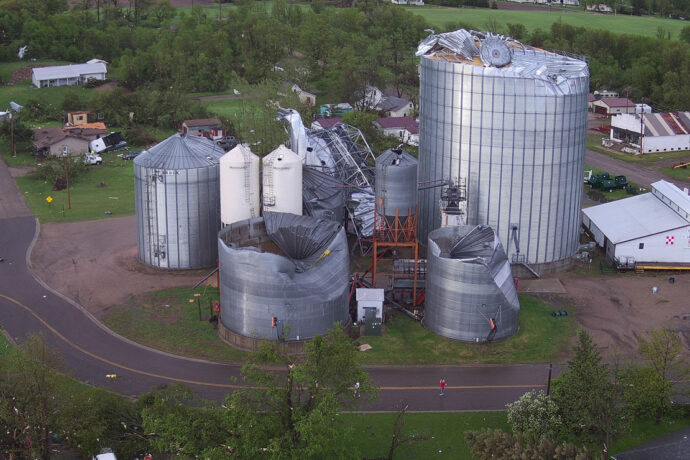
For When the Bad Day Hits
The Initiative Foundation is part of a broad-based national coalition of funders who are vested in helping communities prepare for and recover from disasters. Called Philanthropic Preparedness, Resiliency and Emergency Partnership, or PPREP, The Funders Network program provides resources for participating community foundations to address disaster preparedness, response and recovery needs.
Contact Us
Reach out today to start a conversation with a member of our disaster response team.


Revitalization Grants Leverage $47 Million in Improvements
Through a yearlong partnership with the Minnesota Department of Employment and Economic Development (DEED), the Initiative Foundation awarded $4.3 million in grants to six communities… Read More
$30,000 Delivered to Randall Residents
LITTLE FALLS, MN—Many Randall-area residents continue to face challenges as they work to recover from a June 23-24 storm that dropped more than a foot… Read More
Support Todd County in Storm Recovery Efforts
Little Falls, Minn.–Eagle Bend residents went from celebrating on Memorial Day weekend to seeking shelter when an EF-1 tornado tore through the area with wind… Read More
IQ Magazine Stories
Ultimate Stress Test
How Central Minnesota is facing the century’s biggest health crisis. Read More
Changing for the Better
A special grant round is helping regional nonprofits use lessons learned from the pandemic to transform the ways they deliver services. Read More
Rallying Around Randall
When disasters strike, long-term support is key to community recovery. Read More
